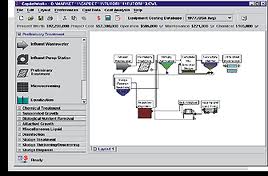English (42759)
Fan Page
Phase 2 Version 7.013 For Geotechnical

Geotechnical engineers are typically graduates of a four-year civil engineering program and often hold a masters degree. In the USA, geotechnical engineers are typically licensed and regulated as Professional Engineers (PEs) in most states; currently only California and Oregon have licensed geotechnical engineering specialties. State governments will typically license engineers who have graduated from an ABET accredited school, passed the Fundamentals of Engineering examination, completed several years of work experience under the supervision of a licensed Professional Engineer, and passed the Professional Engineering examination
Soil mechanics
A phase diagram of soil indicating the weights and volumes of air, soil, water, and voids.
Main articles: Soil mechanics and Rock mechanics
In geotechnical engineering, soils are considered a three-phase material composed of: rock or mineral particles, water and air. The voids of a soil, the spaces in between mineral particles, contain the water and air.
The engineering properties of soils are affected by four main factors: the predominant size of the mineral particles, the type of mineral particles, the grain size distribution, and the relative quantities of mineral, water and air present in the soil matrix. Fine particles (fines) are defined as particles less than 0.075 mm in diameter.







